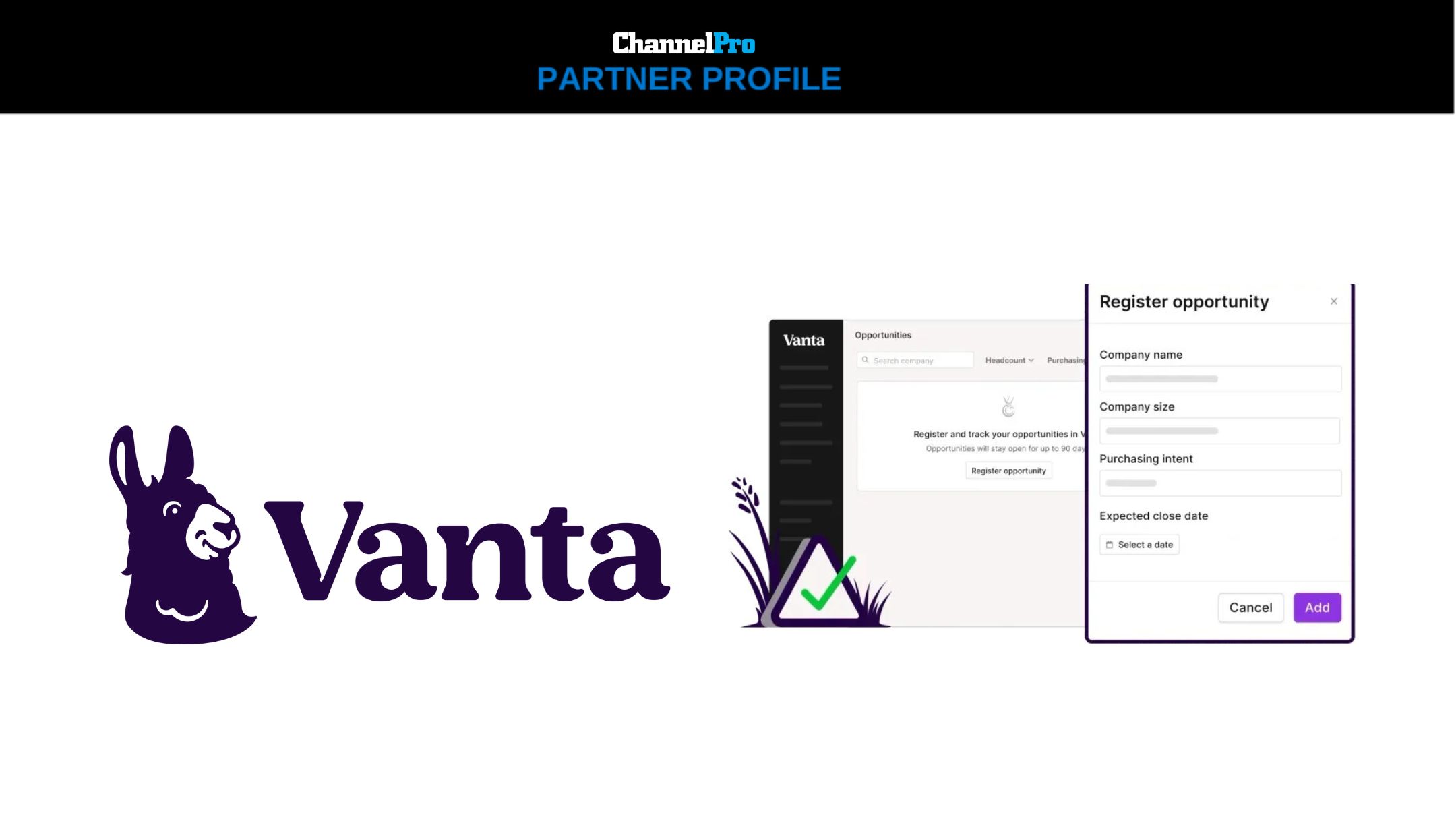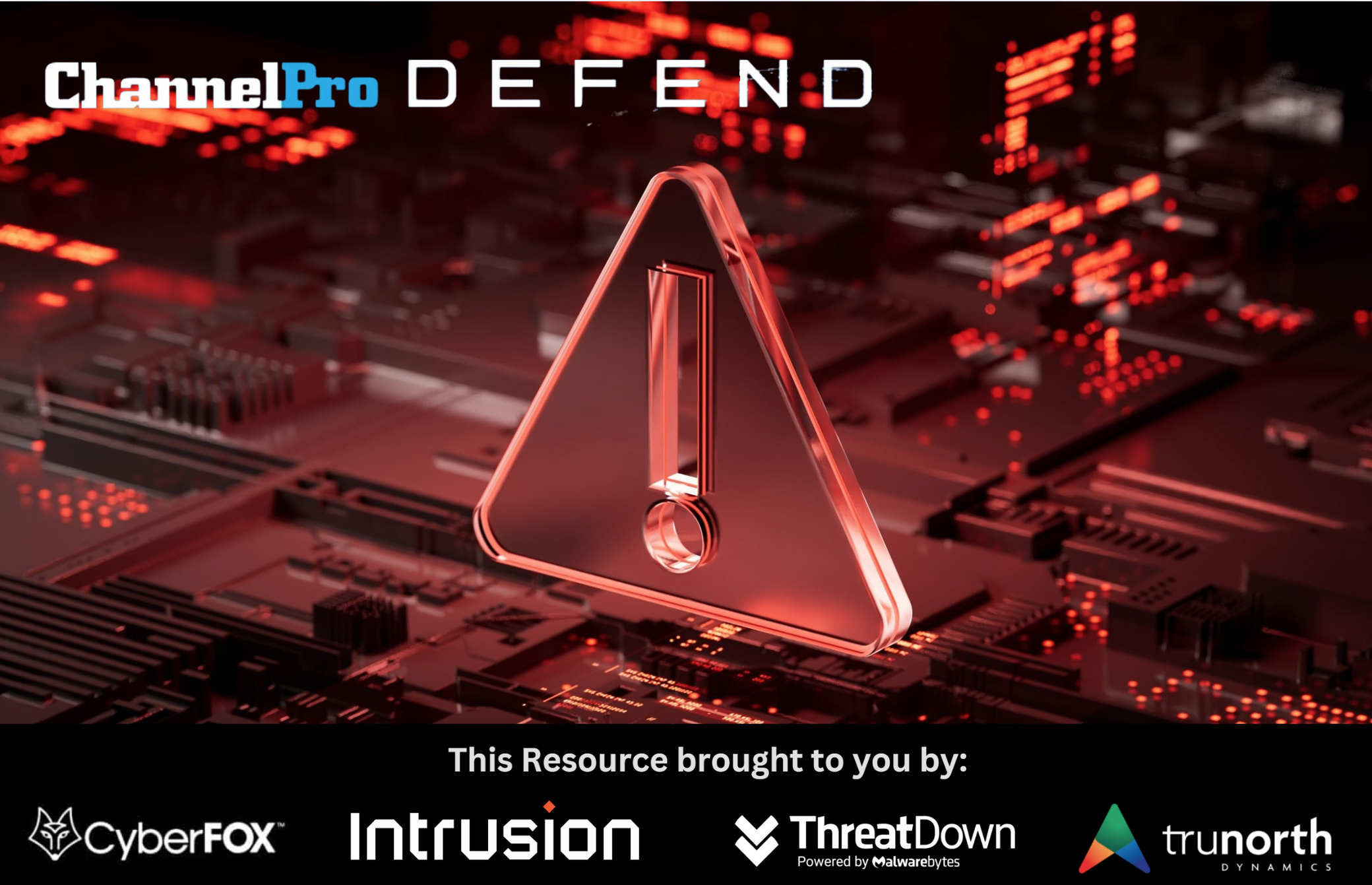Master agents and channel pros face increasing pressure to focus their business development strategies on growing revenue from existing customers, rather than chasing new ones. One way to do that is to integrate new offerings, particularly IoT-enabled solutions for specific applications, into service portfolios. The broader goal is to develop strategic, advisory relationships with customers. Such relationships, meanwhile, are built on a foundation of trust—trust that is earned through empathy and an understanding of critical business requirements.
Put simply, you need to know what keeps your customers up at night. A good place to start is by developing industry-specific knowledge of your customers’ business challenges and priorities. Such insight can then help you transform a commodity technology sale into a strategic, value-add solution that makes you an indispensable part of your customer’s leadership team.
Take network connectivity and cybersecurity. Everyone needs circuits and firewalls, right? But if that’s all you have to offer, your value proposition is limited to abstract features and benefits or, even worse, the lowest price you can absorb. In either case, you’re just another box in the cereal aisle. But what if you frame your connectivity and security offering in the context of a critical industry problem? This gives you a better chance of standing out in a crowd of generic vendors—and in the process, establishing yourself as a strategic partner. Consider these examples:
IT/Operational Integration
For manufacturers, network connectivity means addressing the longstanding challenge of integrating IT and factory floor operations. While these functions have traditionally been managed as discrete islands, convergence is essential to driving automation, enabling smart factory capabilities, and supporting Internet of Things (IoT) applications. By restricting worker access to shop floors, while at the same time boosting demand for certain products, the COVID-19 pandemic has intensified competitive pressure to drive automated “”ghost factories.””
From a security standpoint, manufacturers are particularly concerned about protecting IoT systems that, by virtue of linking vast arrays of networks and devices, create almost endless potential points of vulnerability. In other words, the real-time interconnectivity and openness of IoT systems are the same attributes that present risk. This makes the ability to shrink attack surfaces and contain the damage of any breach imperative.
Connecting to (and with) Customers
Retailers, meanwhile, face a brutally disruptive business climate that puts network connectivity and bandwidth at the forefront of technology requirements. At a basic level, processing pandemic-fueled volumes of online transactions is essential. Innovators moving away from brick-and-mortar models need fast and flexible connectivity for pop-up locations. Traditionalists sticking with storefronts need bandwidth to support digital signage, beacons, and smart interactive screens. And all retailers require connectivity to collect, analyze, and learn from data in order to better understand and respond to customer interests.
Security priorities for retailers center on protecting customers’ financial data. Relatedly, they need to align with Payment Card Industry (PCI) compliance regulations, which involve a wide range of vulnerability assessments and detailed checklists. Many retailers—particularly smaller ones that lack resources for cybersecurity—fail to comply with these standards and risk facing significant fines and penalties.
Integrate and Expand
Many financial services organizations today are focused on customer engagement along with optimized operational efficiency. To address these priorities, flexible connectivity capabilities are essential to support bandwidth-intensive applications and digital branch locations with minimal staff and advanced, personalized self-service capabilities. In addition to driving transformational initiatives, banks and insurers need to modernize existing infrastructure and transition to cloud-based delivery models to integrate legacy systems with new platforms.
Since financial data presents such an attractive target to cybercriminals, security concerns focus on protecting physical and virtual networks. More specifically, financial services organizations need to protect increasing numbers of remote workers accessing sensitive data from home offices. Continually evolving regulatory requirements pose an additional challenge.
Focus on the Problem—and the ROI
Addressing the challenges outlined above in terms of business issues—rather than technology functionality—can help channel partners build strategic partnerships with customers. Consider, for example, a traditional manufacturer struggling to integrate IT and factory operations, implement IoT capabilities, and drive automation. For such operations, typical obstacles include lengthy MPLS provisioning times, backhauling internet traffic, bandwidth constraints, and lack of visibility into network infrastructures.
For a channel partner looking to win business from this manufacturer, one option is to talk about how many Mbps of broadband access or UCaaS extensions you can provide. You can discuss pricing, contract terms, and discounts. The trouble is, as stated earlier, this approach pigeonholes you as a commodity vendor.
The alternative is to detail how your solution can help your customer speed time to market, support billions of connected IoT devices, and enable high-bandwidth video applications to monitor shop floor operations. More specifically, you can talk about enabling flexible and rapid deployment of connectivity resources, segmenting network traffic, prioritizing applications, and dramatically reducing the time needed to onboard new services. Taking this approach, technology—in this case, the zero-touch provisioning functionality of software-defined wide-area networking (SD-WAN)—becomes the backstory to your business acumen.
To take another example, let’s say your customer is a midsize retailer with limited resources and gnawing concerns about cyber risks and regulatory compliance. Here again, leading with specs about firewalls and vulnerability assessments will result in either glazed eyes or heightened anxiety. But by addressing the situation from the perspective of a strategic partner, you can discuss how remote retail employees are a prime target of phishing attacks, and how security awareness training can keep staff alert to the latest scams. And in terms of regulatory requirements, you can outline the details of PCI standards and how you have the tools needed to tick off the boxes necessary to achieve compliance.
While focusing on specific business problems and defining how you can address them is essential, closing the deal requires quantifying the ROI of your solution. This particularly applies to IoT solutions. Even the most compelling and innovative technology won’t get the CFO’s attention unless you can attach a dollar sign to the outcome.
Channel partners recognize that the competitive landscape is changing by the day. In the past, having a quiver full of arrows was enough. Today, you need to find the right arrow, fit it to your bow, and hit the target.
ARIEL CRUZ is vice president of channels at Claro Enterprise Solutions, a global technology services provider.













